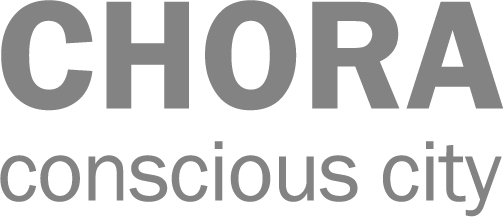MICROARTICLE #Water
Glacial Infrastructures
By: Sasha Amaya, Lisa Biermann, Adi Cohen, Yagmur Durak, Liujun Chen, Anna Markušina, Jonas Möller, Azada Taheri
MICROARTICLE Water
Wissensstadt Berlin 2021
Published on June 26, 2021
When the Weichselian glaciation came to a close, it left a mosaic of sands, minerals, flora, and fauna throughout Brandenburg [1]. The glacial path of the Urstromtal (glacial valley) still shapes the region today [2] and, as such, can be read as an infrastructure in itself.
As humans moved from nomadic to settled lifestyles based first on agriculture, then manufacturing, and later mining — the landscape was increasingly reconfigured. Wetlands were drained, carbon reserves depleted through extractive mining of sands, gravel or coal. We call for a design approach that digs into the layers of these sites to understand how what is below ground can provide us with long-term answers to our current problems.
[1] Kühn, D., Auriegel, A., Müller, H. & Rosskopf, N. (2015). Charakterisierung der Böden Brandenburgs hinsichtlich ihrer Verbreitung, Eigenschaften und Potenziale mit einer Präsentation gemittelter analytischer Untersuchungsergebnisse einschließlich von Hintergrundwerten (Korngrößenzusammensetzung, Bodenphysik, Bodenchemie)
https://lbgr.brandenburg.de/media_fast/4055/1_15_Kuehn_5-135.pdf [Accessed 21.06.2021]
[2] https://refubium.fu-berlin.de/bitstream/handle/fub188/11949/02_le2.pdf?sequence=3&isAllowed=y [Accessed 21.06.2021]
BB2040
[EN] Berlin Brandenburg 2040 was initiated by the Habitat Unit in cooperation with Projekte International and provides an open stage and platform for multiple contributions of departments and students of the Technical University Berlin and beyond. The project is funded by the Robert Bosch Foundation.
[DE] Berlin Brandenburg 2040 wurde initiiert von der Habitat Unit in Kooperation mit Projekte International und bietet eine offene Plattform für Beiträge von Fachgebieten und Studierenden der Technischen Universität Berlin und darüberhinaus. Das Projekt wird von der Robert Bosch Stiftung gefördert.









